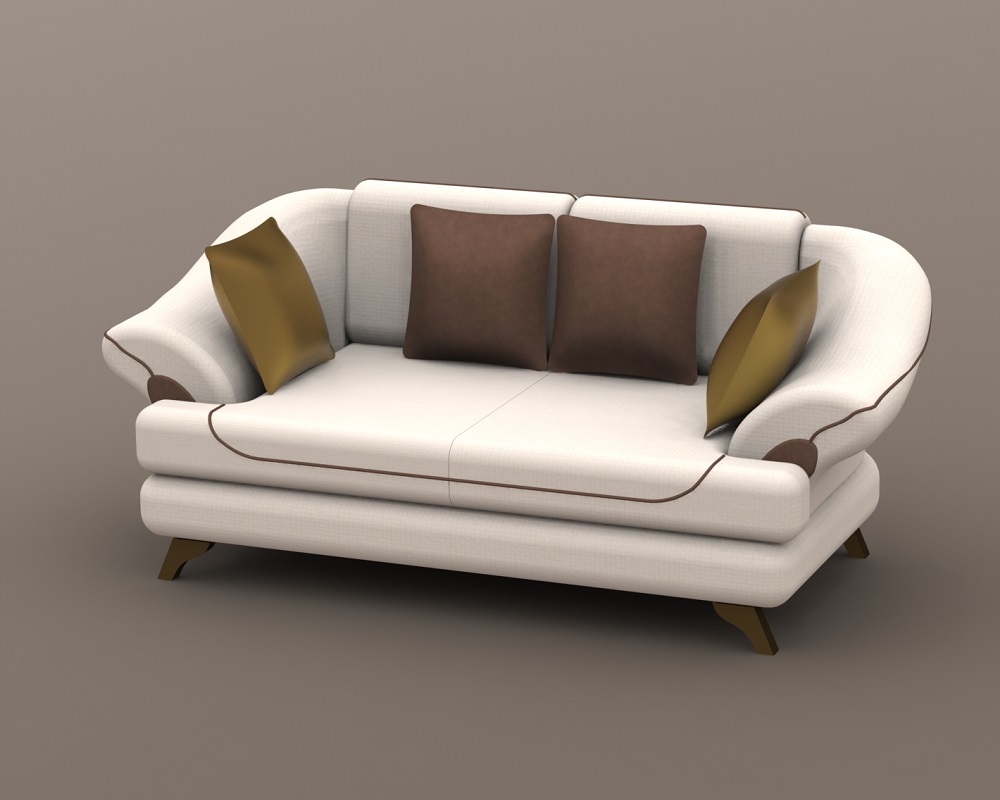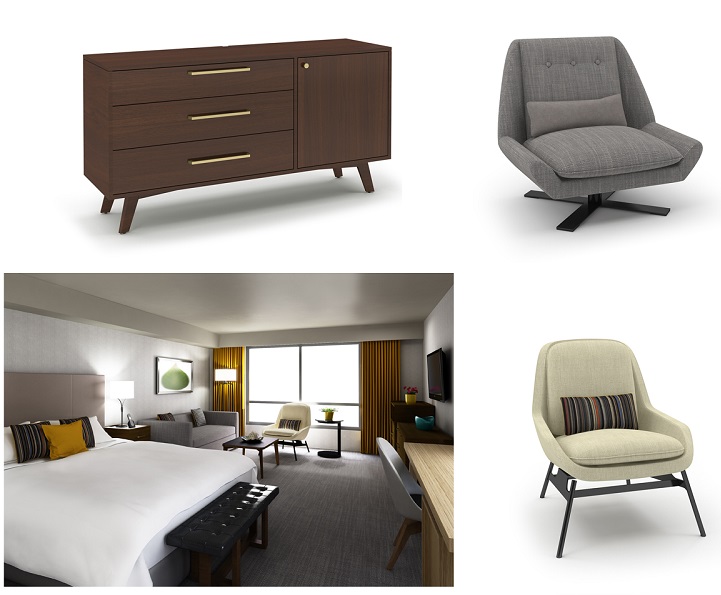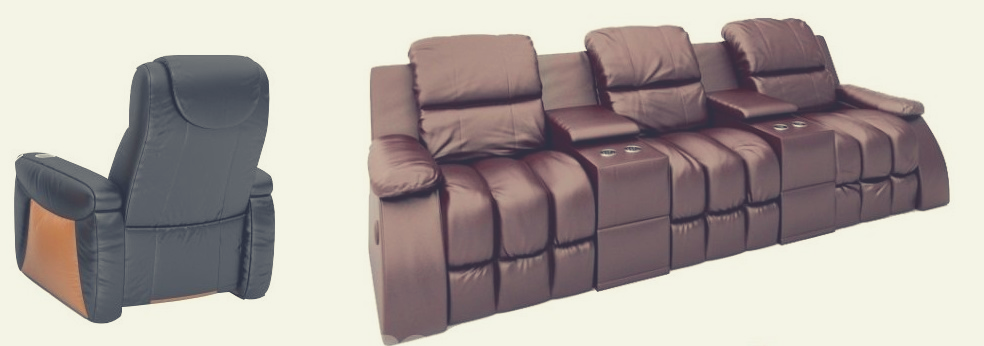Products don’t sell themselves, even if you know your idea belongs in every home. By having a photorealistic 3D rendering drawn up, you can convince your target audience why they need your product before you’ve had to manufacture a single one.
The most important use of a photorealistic 3D rendered design is to show off your concept, and the idea works well in the sphere of furniture design services. Without having to produce anything solid, you can show investors, stockists, and customers what it is you’re selling at a minimal cost outlay.
In this article, we’ll go through:
- Different options to present your product
- The pros and cons of these options
- Reasons why a 3D rendered design is cost-effective
- All the benefits of using photorealistic rendering for your product
Keep reading for more information about why the process of 3D rendering your design is going to save a lot of time and money for your company.
Options for Presenting Your Product

When you’re ready to show the world your furniture design or product, you need to find a way to display it. There are two main ways that you can do this; a traditional photography shoot or a photorealistic 3D rendered design.
Photoshoot
This entails you having your product manufactured, at least as a prototype, so that you have something to actually take photos of. When you have a home or lifestyle product, like a sofa, table, or lamp, you need to present it in such a way that your potential customers can visualize it in their lives.
A photoshoot will, therefore, need to be staged. Either your CAD service company or a company that you choose to outsource the photography to will need to scout a location that matches the idea behind your item. Locations can be costly, especially if you’re going for a high-end or exotic look.
After the location has been found, you need to ship your manufactured items out to said location and then have them staged and photographed. Although it can be a pretty cool creative process, there is a lot of time and manpower involved and things such as lighting and adding complimentary items to consider.
Post shoot, your photos are then in the hands of the photography team to touch up and edit the photos. Although you normally get the chance to make a round or two of amendments in a standard contract, be aware that there may be costs involved with tweaking images past a certain level.
Pros of a photoshoot:
- You can visualize the product in its environment
- Assured the product works in the real world
Cons of a photoshoot:
- The products need to be manufactured at least to the prototyping stage
- You are generally tied down to one or two locations for all product shoots
- Takes a lot of time, including manufacturing, scouting, shooting, and producing
Photorealistic 3D Rendering Design

Having your design rendered into a photorealistic 3D design means that you don’t actually have to make anything at this stage. Through using a realistic digital mock-up of your item of furniture, for example, you can show your product without prototyping it.
The process of finding a designer to make a photorealistic 3D rendering of your item should be much quicker and easier than finding locations and photographers. A good designer will have a stock of settings in which you can place your product, rather than having to find one particular location.
Because everything is being done on a computer, the results can come together much quicker. It can be possible for a 3D rendered design photo to be completed in a matter of days, especially if you’re happy to use stock locations.
Pros of a photorealistic 3D rendering:
- Can be completed relatively quickly
- Nothing needs to be manufactured
- You can test lots of locations and concepts at minimal cost
Cons of a photorealistic 3D rendering:
- The product hasn’t yet been proven through prototyping and manufacture
- End product may vary from the item represented
There is definitely a positive case to be made for using a photorealistic 3D image for your product—the main thing is the time and costs it will save you.
How Is Photorealistic 3D Rendering Going to Save Me Money?
Now, we’ll go through the myriad benefits of using a 3D rendering service for your product images, rather than a traditional process of prototyping followed by a photo shoot. With each point, you’ll see how the benefits can have a direct impact on your business costs.
No Prototyping Costs
The costs really start building up during product development, when you start making things come to life. Especially for items like furniture, which require high-quality materials and finishes, you can have a big outlay to get a photoshoot-ready prototype made.
By having your concept rendered into photorealistic 3D, you can save a massive chunk of costs and not actually manufacture anything until you have orders confirmed from clients or stockists.
Take a dining table set as an example; there are different woods and upholstery options that you want to offer to your customers and show what they look like in an actual dining room. The costs of making a few different models with a range of materials is going to start stacking up the expenses real quick. By having a 3D design rendered, you can choose different finishes to go into different settings with relative ease.

The World at Your Feet
When you choose to go for a photorealistic rendering of your item, you can show your product being used literally anywhere in the world. Your desk can sit in a log cabin next to a blazing fire and gaze out across an ocean panorama at the click of a few buttons from your product design freelancer.
If you wanted to show such diversity of location with a traditional photoshoot, the costs would spiral quickly. To hire out two locations, set them up, and dress them, you double your costs. If you want a diverse look, then the two locations are going to be, by default, far away from each other, and this then brings shipping costs into play.
Because a piece of furniture is selling a lifestyle as much as a product, you can change the lifestyles you want to market to with ease. Make sure you choose a 3D designer that has the range of stock settings that you need, and if you’re going to be really specific, you can even get sets designed for your product to be dropped into.
Flexibility
If you have a dynamic product, you need to be able to show it off doing everything that it’s capable of. A corner sofa can have many different configurations that can suit different room sizes and shapes.
First, finding a photoshoot set to cater to this could be a nightmare. Next, the time it would take to set up and dress a room for the different configurations will take time and eat into costs. A 3D model of the sofa means it can be manipulated into different setups and dropped into different scenes with relative ease.
Another element of the flexibility of photorealistic 3D rendering of your design is that you can play with ideas. Of course, the more work you ask from your designer, the more the costs will increase, but the cost won’t be anywhere near as high as changing a stool from polished wood to epoxy composite in real life.
You have the chance to play with materials and where an item might work. What you imagined as a clean-lined, sleek bedstead for a city loft might look gorgeous in a lakeside lodge—by being able to drop your 3D design into any setting you can think of, you get to test out all the possibilities.
Range

Although photography and cameras have come a long way, they can’t compare to the worlds that can be created inside a computer. Once you have your furniture or product rendered into a 3D model you can use to be placed in:
- 3D images
- 360° images
- Virtual reality tours
- Augmented reality shopping
If you’re intending on using your 3D rendering for these purposes, make sure to let your designer know so that they can ensure that what they create is going to be compatible with different technologies.
With all the potential that comes from using a photorealistic 3D rendering comes a great range of media that your images can be used in. Different forms of media, whether it be social media like Instagram and Facebook to more traditional marketing tools like print magazines, have different image specifications.
The versatility that comes with having your piece of furniture rendered on a computer will save you money because you can easily go back and edit it for all of these forms, and even adapt it to new image types that come online.
Seasonal Adaptions
Another way a 3D rendered model can increase the range of your images and therefore reduce costs is them being seasonally adaptable. When looking to market an oven, for example, there are many different times of year you can find a sales uplift.
Christmas, Thanksgiving, and Easter are all times that families might use their kitchen more often, yet if you tried to do a real-life photoshoot for all three occasions at once, things could get very labor-intensive and costly, not to mention the need to obscure windows to block out snow or sun!
The range of outdoor schemes, as well as indoor sets, will make changing your images to suit a season much easier. This will make your company better able to adapt and reduce costs by only having to get your CAD service to change a small section of an image rather than staging a whole new shoot.
Dynamic
A photo, by its very nature, is a static object. It can be manipulated, you can take a video at the same time to create some movement, but once the photo shoot is over, there’s little chance to make big changes. By contrast, photorealistic 3D rendered product design can take pretty much all the manipulation you can throw at it.
As we’ve just discussed, a 3D rendered object can be used in lots of different ways, like in AR and VR set-ups. These things do cost money—the price tag is much lower than you’ll have to spend to get your actual item of furniture photographed and filmed sufficiently to be able to do these things.
You’re going to be able to see if the latest innovations in product presentation work for you much quicker using photorealistic 3D rendered designs. You might want to test out whether it’s possible to make a hologram of your newly designed chair—it’s much faster to test a computer-generated image rather than bring in the camera equipment needed to shoot the product for the same purpose.
Less Chance of Errors

Creating a 3D rendering of your product can help you spot errors or flaws in the design. Once all of the data has been fed into the design software, issues with joints or material junctions can come to light in a way a standard design might not be able to spot.
Because you get a much better idea of how your product is going to look from all angles, you will also be able to spot issues with fabrics and finishes. The beautiful and intricate fabric that you want to put on your sofa set might look gaudy and overwhelming once you see it on a big scale and in a natural setting.
Of course, your product is going to need prototyping and manufacturing at some point, so smoothing out the issues at this stage with a full 3D visualization of what you’re creating could very well save you money in the long run.
Speed
Time is money, as the old adage goes. As we’ve covered, there is a lot of time that goes into organizing a photo shoot. You have to:
- Get a prototype made
- Decide on a concept for the shoot
- Scout a location
- Ship products to the location
- Dress the set
- Wait for the final photos to come
This whole process can take weeks of planning and logistics. You could miss out on a hot trend while you wait for the proofs to come back from the photographers.
For a simple photorealistic 3D rendered model to be produced, it can be done as quickly as within a few days. Although a rushed job might attract a higher than the standard price, it’s still going to be much cheaper than the alternative.
Being able to give clear instructions about what you want to the designer is going to ensure you don’t need to keep going back for revisions. But revisions are a lot easier and cheaper than redoing a photoshoot. This fast turnaround ensures your company is going to stay dynamic, and able to react to new trends like fabrics, materials, and finishes.
Better Product Representation

Having a product design service prototype and manufacture can give you a finished product, which has its uses, but it only offers a limited perspective on your product. As much as this is what the consumer is going to take home with them, particularly for high-spec products, representing the details of the product can be a great proposition.
With a photorealistic 3D rendering of your product, you can also instruct your designer to represent the layers of the product. Creating a cross-section of the piece of furniture that can display the inner workings can be very useful to some buyers.
Your designer can show the type of metals and alloys that have been used, demonstrate the high-quality stuffing used in a mattress, highlight the sustainable wood that has been used. Pricing for a more intricate and layered 3D rendering might be higher than a standard representation, but it’s going to be cheaper than having an actual model with cross-sections taken out made.
As well as the inner workings of the product, you can also show the plethora of settings the product is able to fit into. Even a really healthy marketing budget that allows you to go to two different sets in different environments isn’t going to show everything your product can do.
A 3D rendered photorealistic model can be dropped into any situation, bringing it to life for your consumers in a way a photoshoot will never be able to in a cost-effective way. There are really no limits to how you can show your product with a 3D model.
Return on investment
As we’ve demonstrated, all of the massive range of positives that come along with having a photorealistic 3D rendered model of your product all feed into them much cheaper than a traditional photo shoot. But it’s understandable to be concerned about quality when looking at ways to reduce cost.
It may seem counterintuitive, but when you invest in a 3D rendering you are likely to get a better return on your investment. This is down to the versatility of what you are getting produced. You can hit the mark with a stunning set of photos to put into your catalog and add to your website, and get so much more.
People interact with different media in different ways. By investing in having your 3D rendered item put into a video walk-through of a room, it is going to appeal to Facebook users; having a range of exquisite lifestyle examples of your product in use is going to engage your Instagram audience.
Not Cutting Corners
A high specification brand might feel like they aren’t giving the customers their best by skipping the photoshoot and going for a photorealistic rendering instead. This isn’t accurate: you’re actually giving a better service by being able to match the wants of your customer more accurately and having to make less assumptions about the lifestyle with a limited amount of representations.
As an assurance, it’s a well-known industry fact that IKEA completes a massive chunk of their catalog using 3D modeling rather than prototyping, setting and dressing each item individually. If one of the top brands in home furnishings can represent their world-famous products using 3D rendered models, it’s going to be fine for other companies to follow suit.
Final Thoughts
There’s no stopping the wheels of technological change. This is none more truer than in the product design and manufacturing industry. Using CAD to produce the basic design or blueprint for your creation, and CAM for getting it off the production line efficiently and accurately, are deeply embedded in the industry.
The idea of having a photorealistic 3D model rendered of your product is a newer innovation, but no less important in having a successful product. A range of benefits stems from having a 3D model created, as well as going through the standard design process.
You can spot any issues that might not have popped up during basic design, catching them before the much more expensive prototyping stage. Getting a more detailed visualization of what you want to create, and being able to drop it into different settings, will make sure you’re on track with your project.
Once you’ve decided to get an impressive 3D render of your product, let us help. Cad Crowd can connect you with a host of highly qualified 3D rendering freelancers. Find out how it works.
